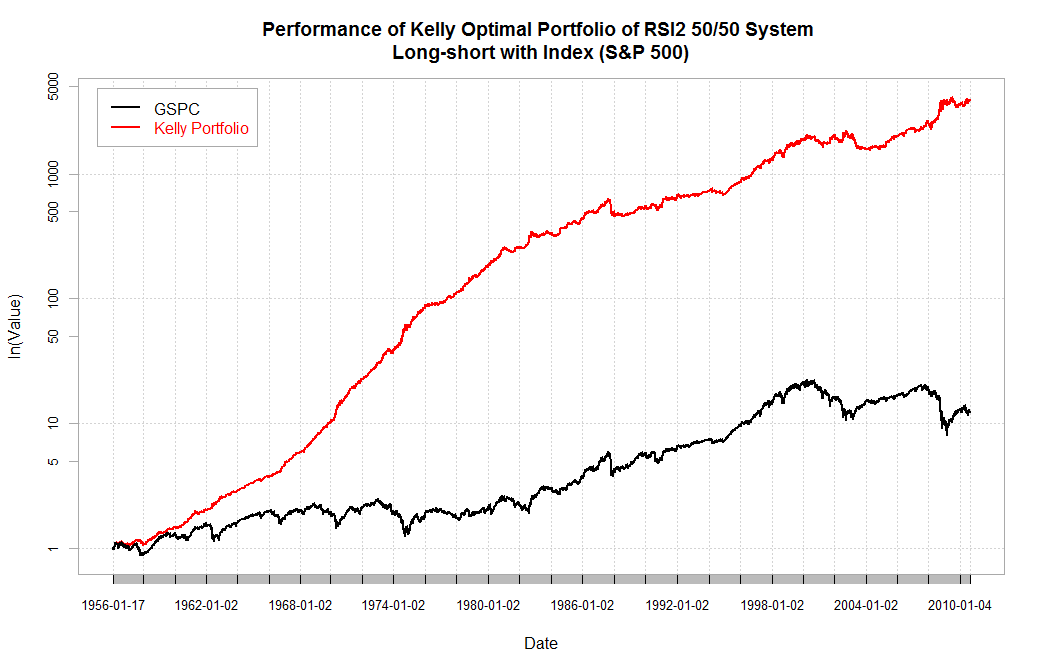A Simple Tactical Asset Allocation Portfolio with Percentile Channels (for Dummies)
Post on: 26 Апрель, 2015 No Comment

I actually received a large volume of what could best be chararcterized as hate mail for one of the previous posts on percentile channels. In reading these comments I was reminded of Jimmy Kimmels funny segments where celebrities read mean tweets about themselves. While I did not publish these comments (I do not wish to alienate or prohibit those people who are kind enough to comment on the blog), needless to say most of them implied that I had presented a fraudulent strategy that badly misrepresented true performance. Since exact details were not provided on the strategy this is a difficult claim to justify. As a mountain of such comments piled in, I decided that it would be useful at this time to clarify how the allocations were calculated. The initial strategy was developed using a pre-built testing platform in VBA, so presenting the details for how the strategy calculates positions is easier than taking the time to build it in a spreadsheet.
It is rare that I present a formal strategy on this blog for several good reasons: 1) this is a blog for new ideas to inspire new strategies not for sharing code or spoon-feeding people with recipes 2) people actually pay money for strategies in the quantitative investment business, and giving one away for free seems like a pretty good deal. Who ever complains about free food? Hint: No one. 3) whenever I post strategies or indicators I get flooded with demands for spreadsheets and code. The tone of such emails is often terse or even desperate and implies that I have some sort of obligation to assist readers with replication or implementation on their end. Since the blog is free and competes for my often limited time while engaging in unrelated but paid business activities, meeting such demands is difficult to justify. I would comment that even the authors of academic articles to reputable journals rarely provide either: a) easy instructions for replicationin fact it is notoriously difficult to replicate most studies since either the instructions are vague or details are missing or b) assistance/support authors rarely if ever provide assistance with replication and rarely answer such requests, even when their articles are supposed to contribute to some body of research (unlike a blog). I would like to think that CSSA has been considerably more generous over the years.
As a former professor of mine used to say: I think you are responsible for doing your own homework and using your own brain perhaps a novel concept to those who simply wish to coast of the hard work and individual thinking of others. So without turning this into a prolonged rant, here is a simple (I will refrain from using that word in the future after the latest experience) schematic of how allocations are calculated for the strategy:
A couple key details first- the strategy was rebalanced monthly (allocations calculated and held through the month) and not daily. Also, the strategy is LONG ONLY. This means that any negative positions are ignored. The channel score or signals in the initial calculation can be long or short ie 1 or -1. This is probably the key reason why readers were unable to replicate since they probably used 1 or 0.
Notice that negative positions are used to calculate allocations but are ignored in the final calculations. Furthermore, the cash position is allocated as an excess to the total of active allocations and not included in the risk parity position sizing (which would make SHY a huge position due to its low volatility). So I hope that this helps readers implement/duplicate the strategy. Keep in mind that prior to 2006, some of the ETFs used had to be extended with other data which readers may not have access to. However, using ETF data only yields a sharpe ratio of about 1.5. Beyond this- readers are on their own. Good Luck!














